Fiscal Year 2022-23
Highlights
Highlight: Adoption of the Housing Element and Launch of Mayor Breed’s “Housing for All” Plan
Housing for All – launched by Mayor London N. Breed – aims to make San Francisco’s certified Housing Element a reality. The Department is working with City agencies in collaboration with communities to expand housing choices, improve permitting processes, and secure sustained public funding for affordable housing.
After more than three years of partnership with a wide range of stakeholders, the City’s Housing Element was approved by a unanimous vote of the Board of Supervisors and signed by Mayor Breed in January 2023. Certified by California’s Department of Housing and Community Development, the Housing Element is San Francisco’s plan for meeting our housing needs for the next eight years (2023-2031). It is the City’s first housing plan centered on racial and social equity. Its policies and programs express San Francisco’s collective vision for the future of housing, guiding policymaking, housing programs, and the allocation of resources.
Through the Housing Element, San Francisco has committed itself to:
- housing as a right;
- repairing the harms of historic racial, ethnic, and social discrimination; and
- building enough housing for existing residents and future generations.
As an initial Housing For All measure, Mayor Breed launched Executive Directive 23-01 on February 7, 2023 as a critical first step forward, focusing on three specific areas critical to initial Housing Element implementation:
- establishing a clear accountability and oversight structure,
- holding departments responsible for specific actions in alignment with Housing Element goals and actions, and
- setting accelerated timelines for the proposal of high-impact legislation.
By focusing on a specific set of near-term actions, this Executive Directive laid the groundwork for the City to unlock our housing pipeline, accelerate the approval of new housing projects, and create additional capacity for all types of housing across San Francisco.
As prices skyrocket, teachers, first responders, service workers, and those who keep the City running have been forced to leave their neighborhoods. The population of San Francisco's diverse communities, particularly American Indian and Black communities, continue to decline, while the number of unhoused residents remains alarmingly high. San Francisco is for everyone, and now is the time to implement our vision to provide housing for all people during all phases of their life - including providing starter homes for young professionals, affordable housing for working families, and units and services that support our seniors.
The Road to 82,000 New Homes: Starting immediately following adoption of the Housing Element, SF Planning began to work alongside government agencies, community-based organizations, and residents to focus on these key activities:
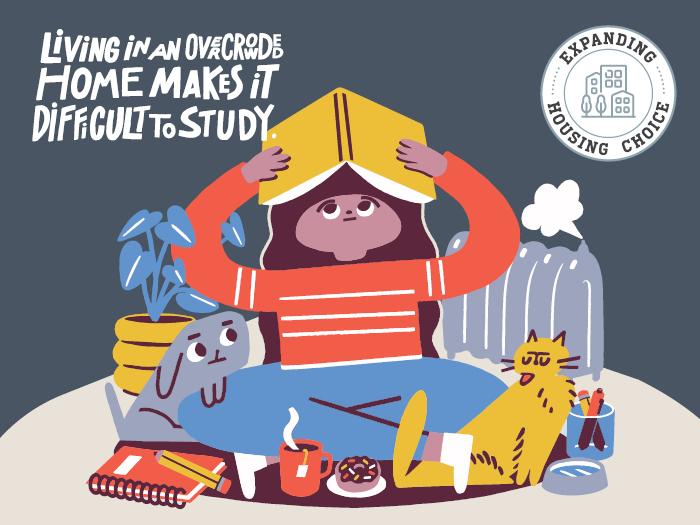
Expanding Housing Choice: the Housing Element’s Zoning Program
Because outdated zoning and land use laws currently limit the City’s capacity to create new housing, the Zoning Program is an integral part of San Francisco’s plan to meet our housing needs. The Zoning Program is working to create new housing options by updating restrictive zoning laws to allow for more housing units citywide - and especially in neighborhoods with easy access to transit and commercial corridors.
The Department created two initial zoning concept maps to meet the need to plan for 36,200 new housing units in San Francisco. Community engagement on these initial concepts began in June 2023 with public feedback offered via open houses, focus groups, and community conversations.
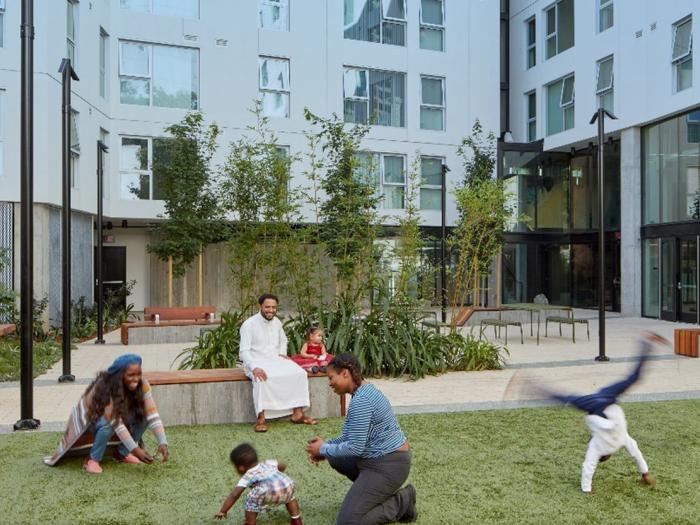
Affordable Housing Funding and Strategies
Meeting required affordable housing targets will take substantial coordination and funding commitments from government, private, non-profit, and philanthropic sources. As part of implementing the Housing Element and Mayor Breed’s Housing for All Executive order, the Affordable Housing Leadership Council was formed to identify new funding opportunities and provide additional perspectives and insights on approaches to increase affordable housing production.
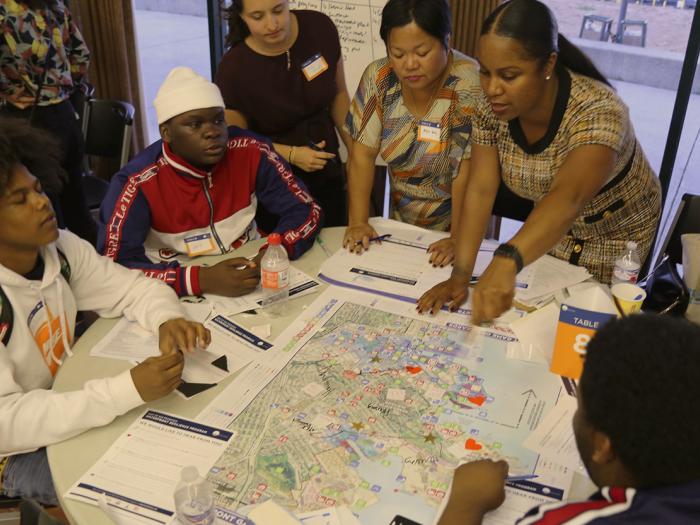
Tenant Protection Resources
The Tenant Resource Guide was developed as part of the Department’s Housing Element implementation work and is designed to aid individuals experiencing homelessness or housing insecurity. The guide is a centralized resource center for homeless services, rental services and eviction assistance, tenant rights, and affordable housing in San Francisco.
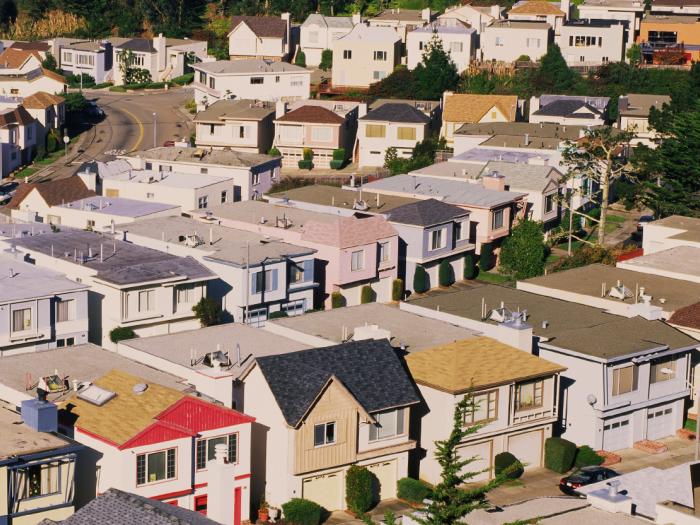
Housing Production and Process Improvements
This work is intended to simplify the permitting and approval of housing projects across City agencies in order to reduce housing costs and ensure housing is built efficiently through four key measures: 1) Eliminate unnecessary hearings for projects that comply with local or State law or that meet the City’s policy goals. 2) Ease zoning requirements and geographic restrictions that limit the form and location of new housing. 3) Expand incentives to enhance the City’s affordable housing supply. 4) Systemically improve our housing review process to reduce permitting time.
Highlight: The Future of Downtown
In February 2023, Mayor Breed released the Roadmap to Downtown San Francisco’s Future, outlining nine strategies for Downtown. Building on the Mayor’s Roadmap, the Planning Department and the Office of Economic and Workforce Development (OEWD) are working together, along with community organizations, to address downtown recovery in both the near- and long-term.
The effort is focused on four themes to support the revitalization of Downtown: “Economic Diversification and The Future of Office,” “Expanding Downtown Housing,” “Public Life and Retail, and Union Square.”
While far reaching, two highlights from this broader effort include:
-
In May 2023, the City partnered with the Urban Land Institute on an Advisory Services Panel to bring local and national experts together and explore ways to create a more resilient, economically vibrant, and equitable Downtown neighborhood.
-
The City issued a Request for Interest (RFI) for the adaptive reuse of Downtown commercial buildings on June 22, 2023. The RFI invites potential project sponsors to partner with the City and identify types of support needed to convert underutilized commercial space into housing and other new uses. The City received ten applications - all for adaptive reuse to housing - including housing for artists and transitional housing.
Highlight: Permit Streamlining
On January 1, 2023, The Planning Department significantly adjusted the intake process to improve our customers’ experience and to enhance compliance with the Permit Streamlining Act. Key developments include:
-
Project Application checklists, listing all required materials for submittal, are now available.
-
Applicants now consistently receive feedback from the Planning Department within 30 days of filing a new Project Application.
-
A planner is assigned to a project immediately upon that application being found complete. That planner will conduct a comprehensive review of the project, issuing a Plan Check Letter within 30 days for projects with less than 150 units and within 60 days for projects with 150 units or more.
To facilitate this faster and more predictable review timeline, the Department deployed the first of a package of significant back-of-house technological improvements that enable our Development Review Team managers and planners to better track and report on workloads through dynamic dashboards identifying deadlines and providing alerts for critical work-product.
This suite of improvements has already:
- Increased transparency of the intake process and compliance with applicable requirements;
- streamlined assignment timelines and reduced administrative tasks;
- assisted planners with managing their workload; and
- ensured consistent compliance with the Permit Streamlining Act.

Highlight: Legacy Business Registry
The Legacy Business Registry works to preserve longstanding, community-serving businesses that so often serve as valuable cultural assets. The Registry is a tool for providing educational and promotional assistance to Legacy Businesses to support their continued viability and success. Long-standing small businesses can join the Registry for recognition, marketing and business help, and grants. More than 50 San Francisco businesses were officially added to the Legacy Business Registry in the last fiscal year, including Caffè Greco, Mary Elizabeth Inn, La Mejor Bakery, Chinatown Kite Shop, Simple Pleasures Café, and Love on Haight.
For a full list of Legacy Businesses and to learn more about the program, please click on the link below.
Learn moreHighlight: Historic Landmark Designations
Landmark buildings, districts, places, and structures are among the City’s most defining elements. Recommended by the Historic Preservation Commission and approved by the Board and Mayor, a landmark can be a site of a significant historic event, relate to a significant culture or person, exemplify the work of master architect, or represent a significant design theme or a unique or distinctive visual feature. Since 2012, the HPC has prioritized properties relating to underrepresented communities with strong cultural and/or social associations, and property types such as landscapes, buildings of Modern Design, and sites located in geographically underrepresented areas of the City.
There are now more than 300 designated landmarks in San Francisco, with four designations made in the last fiscal year. They include The Church for the Fellowship of All Peoples (#309) and the Parkside Branch Library (#310).
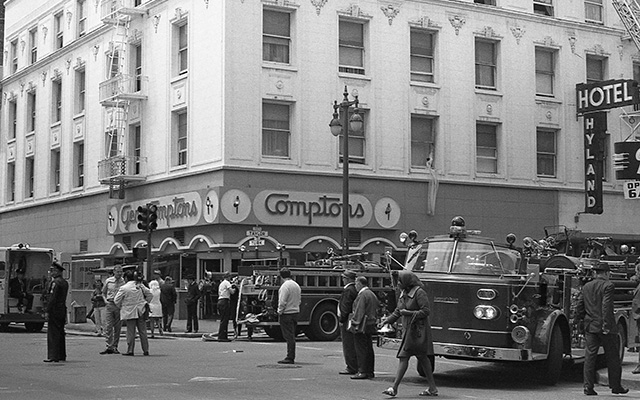
Site of the Compton’s Cafeteria Riot
Location: Intersection of Turk and Taylor Streets and 101 Taylor Street
Year of Event: 1966
The Transgender Cultural District that exists today is built on the foundation laid by a group of activist transgender persons who, in August of 1966 fought oppression in what is now known as the Compton's Cafeteria Riot. Three years before the more well-known Stonewall riot in New York, San Francisco's ground-breaking event was just as dramatic. After suffering harassment by management of the 24-hour diner at the intersection of Turk and Taylor Streets and unnecessary arrests by police they had had enough. Chairs through windows, police cars ablaze, the riot took to the streets. Most importantly, this action led to transformational changes in how San Francisco government on all levels recognized the human dignity of the community. This year, San Francisco landmarked the storefront walls of the former diner together with the public spaces outside the diner at the intersection of Turk and Taylor as the first in the nation local landmark recognizing transgender history.
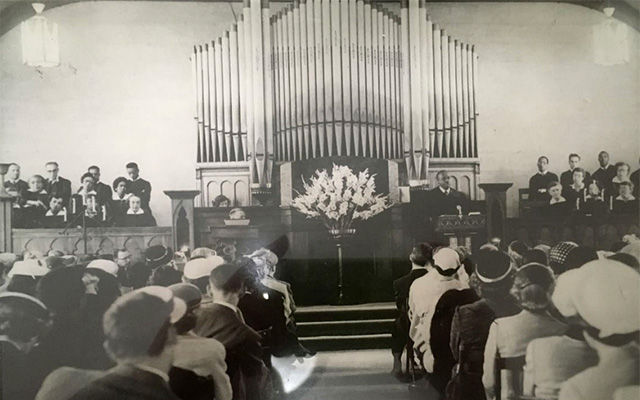
The Church for the Fellowship of All Peoples
Location: 2041 Larkin Street
Year Built: 1906-1907
The Church for the Fellowship of All Peoples is one of the first inter-racial, inter-cultural, inter-denominational churches in the United States. It is a culturally and historically significant building that is representative of African American social, cultural, and intellectual life and is associated with the struggle for integration and civil rights.
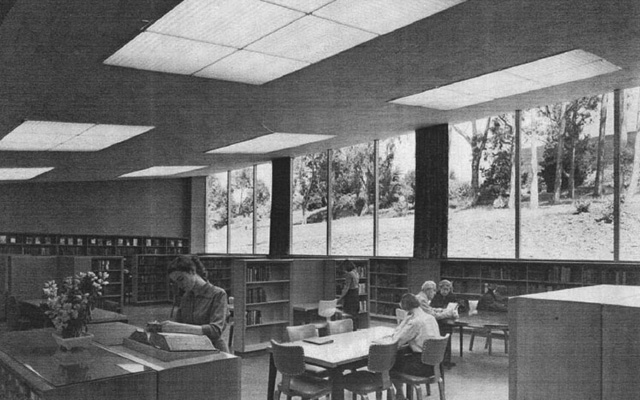
The Parkside Branch Library
Location: 1200 Taraval Street
Year Built: 1951
The Parkside Branch Library was designed by the architectural firm of Appleton & Wolfard in collaboration with City Librarian, Laurence Clarke. The building broke the mold of previous branch library design and functionality and was the first of eight Mid-Century Modern-style branches constructed between 1951 and 1966. At the time of its construction, Parkside Branch Library was a nationally recognized prototype for branch libraries, adapted to local ideals while successfully incorporating modern library trends that were being developed and distributed by the American Library Association after World War II.
For more information on the Historic Landmark Designation program and recognized properties, please click on the link below.
Learn more